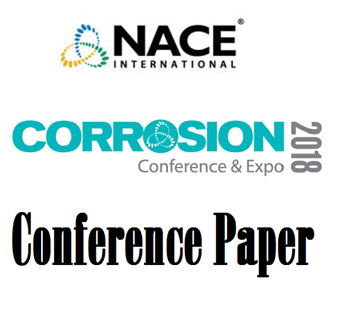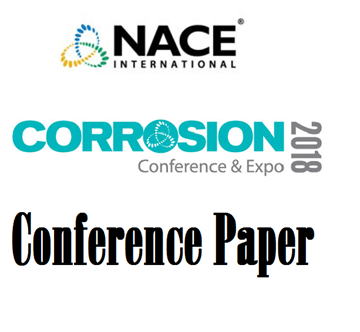In the present context of oil price down turn and enhanced competitiveness, cost saving becomes more important than ever. As part of cost reduction solutions in offshore projects, it may be envisaged to leave field joints bare on subsea pipelines instead of applying a field anticorrosion coating after welding of the joints on board the laying vessels. This approach would need to be applied to specific cases, where it would lead to reduction of cycle time and consequently laying rate improvement during offshore installation campaigns when field joint coating activities are on the critical path, like with pipeline J-laying method. Although cathodic protection is an efficient, reliable and field proven method for seawater corrosion prevention on steel exposed areas of subsea coated pipelines, a quantitative assessment of the long term behavior of the pipeline coating at the transition zone with the bare field joint is recommended in order to support such a radical change in the pipeline external corrosion protection philosophy.
Therefore, a bespoke experimental setup was designed to simulate bare field joint configuration under cathodic protection over a long term exposure in seawater together with long term cathodic disbondment tests for comparative purpose. The bespoke experimental test was performed at full scale on 3LPE coated pipe section with a field joint area left bare and protected by galvanic anodes. The pipe was immersed in a vessel containing renewed seawater and half-buried in mud to reproduce actual pipelines exposure on seabed. It was heated also with an internal fluid at 65°C to simulate actual operating conditions. Long term cathodic disbondment tests were performed on 3LPE coated pipe samples with internal heating of the samples at 23°C and at 65°C. Reference samples without CP were also exposed to the same conditions. The two experimental works were conducted during 12 months.
For each of the tests above, a visual assessment was performed at regular intervals together with a quantitative assessment of the disbonded area (removal and recording of disbonded coating area). With these tests, it was possible to characterize the influence, over the time (up to one year) of the temperature over the normalized cathodic disbondment test results. The effect of the cathodic protection was also evaluated. For the full scale test evaluation and characterization, comparison was made between the disbonded coating length in the mud and the seawater exposure conditions. Correlation between cathodic disbondment tests and full scale test was also drawn. In light of the results obtained so far in this study, these tests results conclude positively that the bare field joint alternative concept for subsea pipelines is possible upon certain operating temperature limitation.
Key words: cost reduction, bare field joint, subsea cathodic protection, coating disbondment, offshore pipelines.




